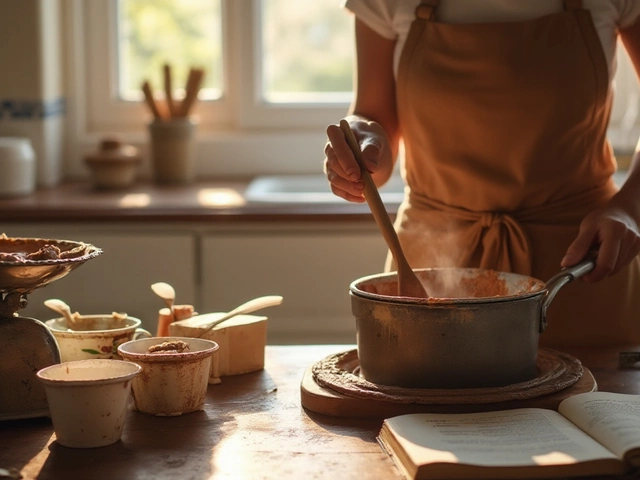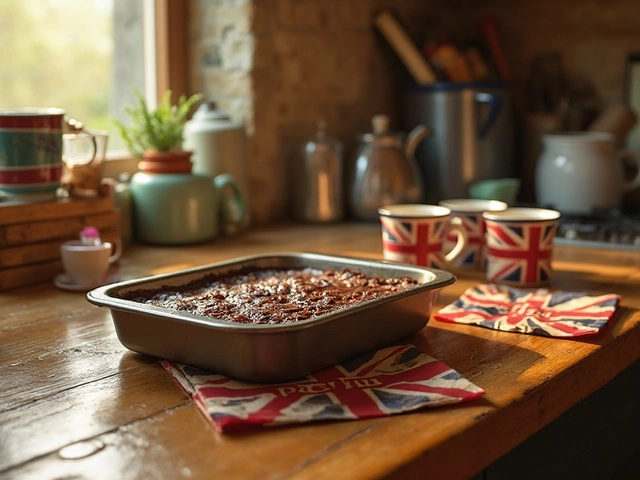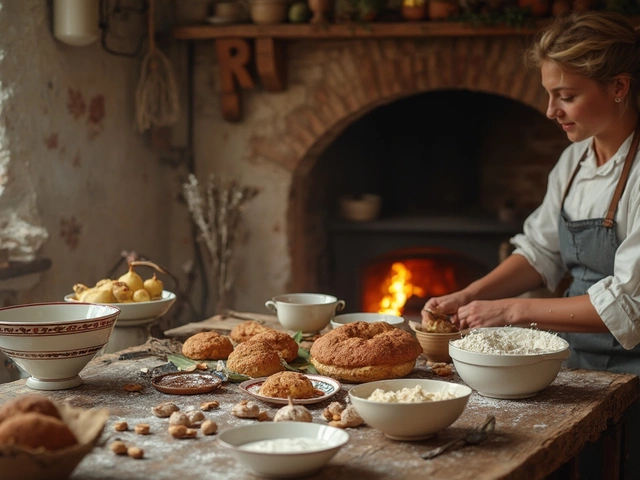Culinary Traditions: Your Quick Guide to Global Food Culture
Ever wonder why a brownie tastes different in the US than in the UK? That’s just one tiny slice of the huge world of culinary traditions. From street‑food snacks to holiday feasts, every culture has a story baked, boiled, or fried into its dishes. Below you’ll find simple ways to bring a taste of that story into your own kitchen.
Why Food Traditions Matter
Food traditions keep history alive. A simple cookie recipe can trace back to ancient trade routes, while a macaron tower shows how French patisserie turned into Instagram gold. Knowing the background helps you decide which technique to try, which ingredient matters most, and why a certain flavor combo works.
Take brownies for example. In one of our posts we break down the word “brownie” itself, its origins, and why some bakers aim for fudgy texture while others prefer a cakey crumb. Understanding that split lets you choose the right recipe for the occasion—fudgy for a rich dessert, cakey for a slice that holds up in a lunchbox.
Everyday Tips for Bringing Tradition Home
Start with what you already have. If you’ve got a box of Oreos and wonder if they’re vegan, our guide explains the ingredients and offers plant‑based swaps. The same logic works for candy, sugar types, or even the flour you use for gluten‑free baking.
When you want to wow guests, think about presentation. A 5‑tier macaron tower sounds intimidating, but our step‑by‑step guide shows you how to calculate the amount of macarons per tier, avoid common mistakes, and keep the structure steady. The result is a dessert centerpiece that feels high‑end without a professional’s price tag.
If storage is your worry, we’ve covered how to keep brownies fresh, whether you store them on the counter, fridge, or freezer. The key is airtight containers and a quick chill for frosted tops. The same principle applies to other treats—keep your cookies soft by adding a slice of bread to the jar, for instance.
Want to add a cultural twist? Try swapping dairy butter for coconut oil in a classic chocolate cookie, or use matcha powder in a sugar‑cookie recipe to nod to Japanese flavors. Small changes give you a global feel without overcomplicating the process.
Don’t overlook spice levels. Our “King of Spicy” article dives into the world’s hottest peppers, but you can simply add a pinch of cayenne to chocolate ganache for a subtle kick. It’s a quick way to bring excitement to a familiar dessert.
Finally, keep an eye on trends. In 2024, viral flavors like lavender honey and charcoal have been popping up in bakeries. In 2025, cake decorators are leaning into bold, graphic designs and unexpected flavor pairings. Mixing a trending element with a traditional recipe gives you the best of both worlds—familiar comfort and fresh intrigue.
All these tips come from real‑world testing and the countless questions our readers ask. Whether you’re figuring out how to say “brownies” in English, checking if M&Ms have a vegan option, or just curious about the science behind cheesecake’s creaminess, the answers sit right here on this tag page.
So pick a post, try a technique, and let your kitchen become a small cultural museum. The next time someone asks why your cupcakes taste different, you’ll have a story ready.






